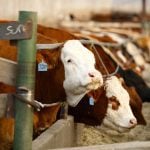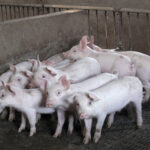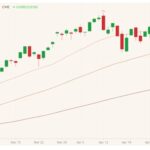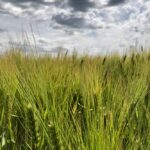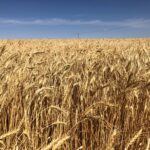Given China’s current demand, some see such a move reshaping global grain flow
China issued guidelines on April 21 recommending the reduction of corn and soymeal in pig and poultry feed, a measure that could reshape the flow of grains into the world’s top corn and soybean buyer. China’s corn prices surged more than a third in the most recent year following a drop in output and state